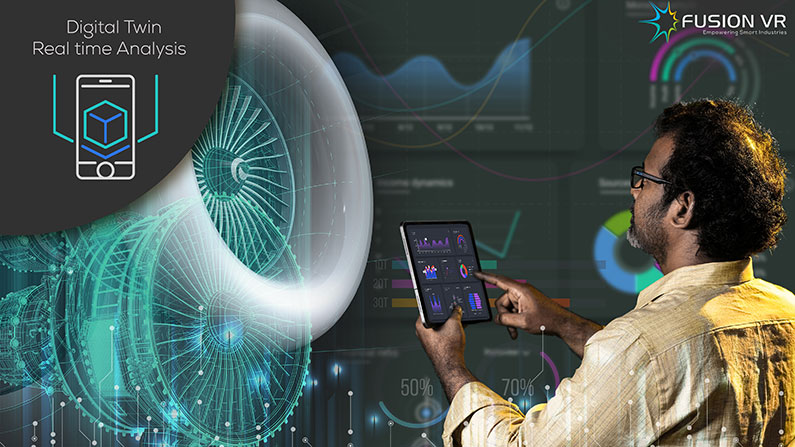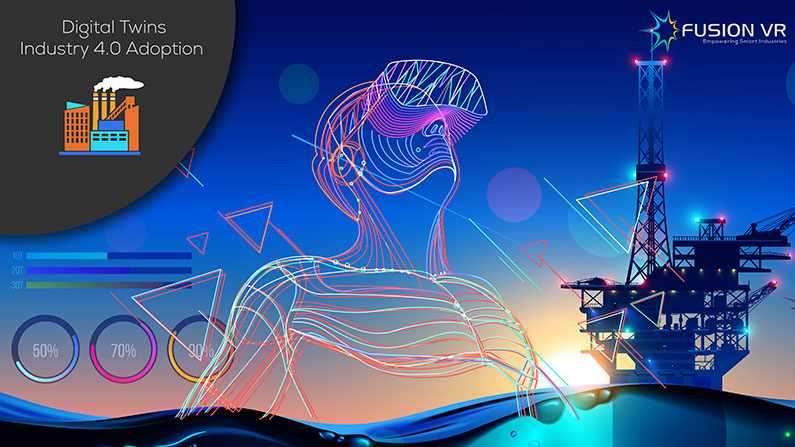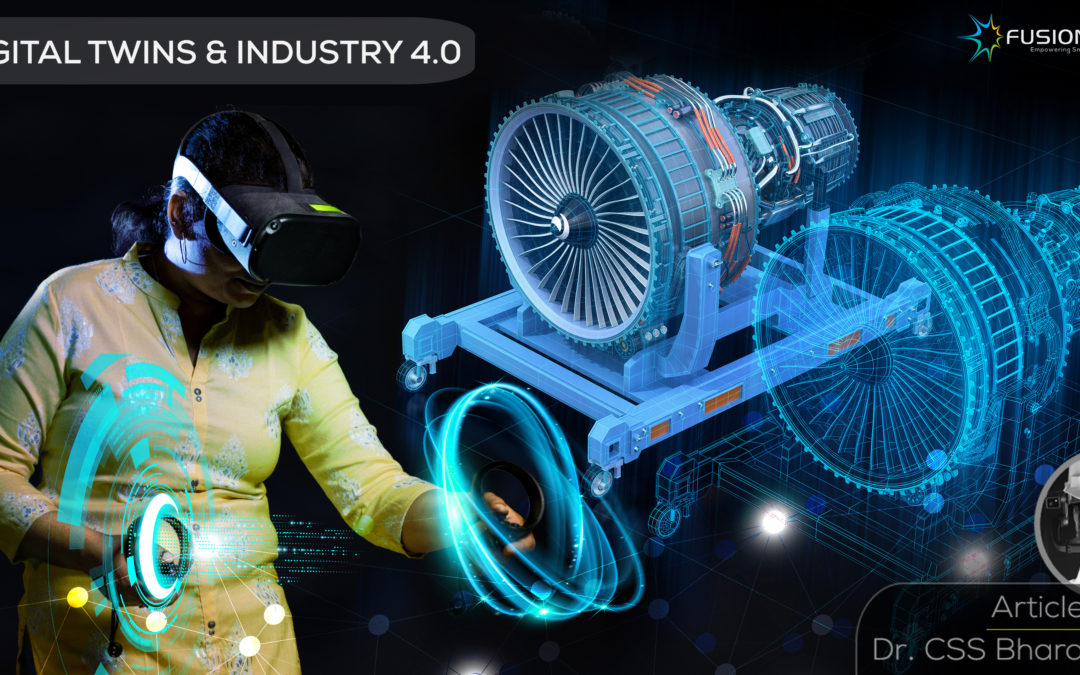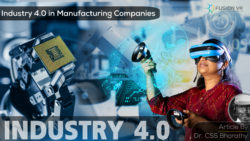
Since the emergence of the Smart Factory concept in manufacturing, Digital Twins have become a vital part of Industry 4.0, creating entirely new business models with proven benefits. Digital Twins have taken advantage from the exponential growth of immersive technologies such as, Virtual Reality, Augmented Reality, Mixed Reality, IoT and Artificial Intelligence in the recent years.
Industry 4.0
In reality, the mainstream adoption of Industry 4.0 is not going to be immediate since the infrastructure-readiness level is yet to improve a lot in most countries. However, existing case studies and reports make it evident that the next five to ten years are going to be the key for this radical digital transformation. A recent McKinsey survey indicates that 92 percent of Industry 4.0 suppliers and 74 percent of manufacturers expect Industry 4.0 to have an impact on their business model.
Digital Twins

Digital Twins are virtual clones of their physical counterpart—connected and streaming data in real-time. They are not just the digital prototypes or CAD models. This metaverse has the potential to represent most elements and dynamics of the physical world with remarkable productivity boost. The entire lifecycle of an equipment starting from design to creation, operation, troubleshooting and maintenance can be enhanced through digital twins.
Immersive Digital Twins
Fusing the digital and physical worlds through immersive experiences, such as, Augmented Reality (AR), Virtual Reality (VR) or Mixed-Reality (MR) adds the real value to digital twins. This immersive technology adds additional perspectives to virtual objects such as, depth, volume and scale in relation to the viewer, which helps the decision-makers to visualise huge volumes of data in a more natural, holistic and easily understandable 3D-space for a much faster and more informed decision-making.
Business values of immersive Digital Twins
The basic remote monitoring functionality of this virtual replica provides the ability for deep understanding of equipment and processes. Through implementing the concept of Digital Twins, enterprises can take the advantage of data-driven decision-making for enhanced production and profitability. Incorporating Ai, Computer Vision, Extended Reality and Cognitive Computing abilities will make the ultimate Digital Twin, which can enhance performance, perform predictive analysis, simulate tricky scenarios and can even control processes. For example, using Digital Twins, engineers can test and optimize the equipment and process settings for the upcoming production in the virtual environment before the actual changeover. Implementing the concept of Digital Twins enables enterprises to take advantage of data-driven decision-making in real-time for enhanced production and profitability.
This concept was recently tested by Fusion VR, which worked on an interesting immersive Digital Twin project for an aero-engine through real-time test-bed data integration experienced through Mixed Reality head mounted display. The running conditions of the virtual engine was simulated based on the live-sensor data from its physical counterpart, which gave an opportunity to scientists to see the running engine so close for the first time with a handful of insights on zone-vice temperatures, RPMs, vibrations and other critical parameters.
Predictions on Digital Twins
In recent times, there have been interesting predictions on the potential of Digital Twins. A recent Gartner report listed Digital Twins in the Top 10 strategic technology trends for 2019, stating that digital twins are particularly promising over the next three to five years. They further predicted that organizations will initially implement digital twins, improve them over time via AI and immersive technologies, and eventually develop new economic and business models that deliver maximum value.
According to the International Data Corporation (IDC), by 2020, 30 per cent of 2000 companies globally will be using data from Digital Twins of IoT-connected products to improve innovation and organizational efficiency, achieving productivity gains of up to 25 percent. Gartner also forecasts that by 2021, about 50 percent of all large industrial companies will have adopted the Digital Twin technology. They further predict that by 2022, 70 percent of enterprises will be experimenting with immersive technologies for consumer and enterprise use, and 25 percent will have deployed to production.
Strategic Investments
Industries today are in a critical situation to make the strategic decision on moving towards these disruptive landscape and related investments. Conventional thinking on tangible investments such as, upgrading the machineries alone is never going to sustain businesses in the future. Intangible asset creation such as, Digital Assets and IPs are equally important to increase operational efficiency.
Industry 4.0 adoption

Companies should realise that their existing data from the past is an invaluable asset, which holds their best and worst production history in their DNA. Even though 80 percent of this data is unstructured in most cases, these are the intangible assets, which have a clear advantage during digital transformation. Industries should make use of sensor price drops (60 percent), cost of bandwidth drop (40 times) and computing cost drop (60 times) in the last ten years, which are the major cost factors while preparing for the Industry 4.0 adoption.
Enterprises should start engaging Industry 4.0 consultants to ensure the right level of investments towards their digital transformation. For instance, in the US, the average spending on Industry 4.0 related R&D is around 30 percent. This technological tsunami is going to make a paradigm shift in the industrial ecosystem, where the clear winners and losers will emerge within this decade.
Read From Source: industr



